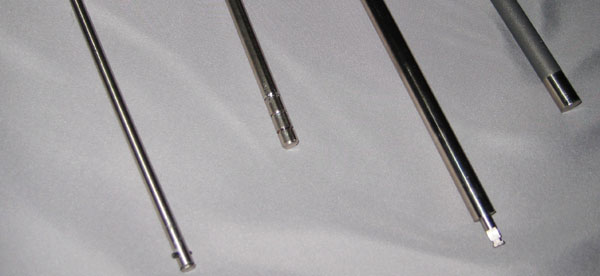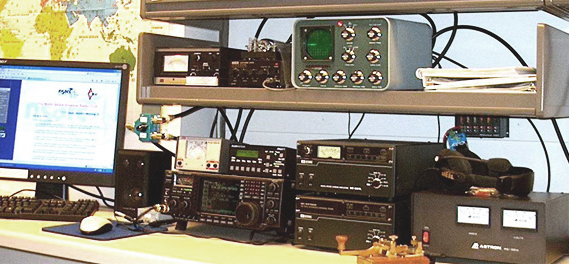So VA7DXC officially went on air, of course courtesy of the North Shore Amateur Radio Club! Previously I had operated on HF using the club callsign, VE7NSR, but today VA7DXC got its first airing. Limited to running the Pro III barefoot (100w) I attempted to get in on the action in the Georgia QSO Party.
I began around 1pm PDT and conditions on 20m were woeful to say the least. Even kilowatt stations were getting lost in the noise floor. The one low power station (<150w), was too weak to work. He would sporadically disappear for a few minutes at a time even though he was still on frequency and calling CQ! After half an hour I had a measly two contacts. I knew it was not to be an easy afternoon.
There was no real use in me calling CQ. Any CQs I answered took a couple of tries so I knew my signal down south was weak. Calling CQ in those conditions would have been fruitless I guess. With the band being crummy it seems a lot of ops just resorted to cw so there was little activity in the phone bands. A magical six stations we worked and boy did I have to work them.
All was not lost though as I managed to work my first DX with my own callsign. I had previously worked a few DX stations during the CW WPX but only as VE7NSR. At about 6pm PDT the cluster showed that a few section 6 & 7 US stations had worked RWØCD in Far East Russia. I had worked the JAs with ease a few weeks previously with 300w during the WPX contest so I felt working this guy was possible on 100w.
He was calling CQ North America but was still happy to entertain calls from Eastern Asia. I listened for quite a while before making a call. Nada. He was booming in 10 over 9, the path was good, I might have been weak at his end but he should hear me right? I kept trying every few minutes for the better part of 30 minutes, nada zip, nothing. I checked the antenna, everything perfect, he was still going 10 over 9 sometimes clipping 20 over. He had already worked a rack of stations in the 6 & 7 US sections and I was beginning to wonder if I’d ever be heard.
I gave myself until 7pm to nab him or else I would pack it in and call the day a bust. I kept plugging away and eventually at around 6.50pm RWØCD after a few tries returned VA7DXC! At last! So surprised was I by his returned call that my brain took a microsecond to adjust and then started falling over itself on air. I returned him a 59 (far too quickly) and gave him the QTH which he seemed to copy ok. I then launched into a babble about how great his signal was and how this was one of my first HF DX contacts. Thats all ok on a local ragchew running a couple hundred watts but not so when trying nab Russian DX with a lowly 100W!
He copied none of it and it stalled the QSO a bit. He called for his signal report again and my name, which I had totally forgot to give him first time round! He got it all in the end but his most interesting comment was that my signal was wavering from 55 to 57, suffering a lot of QSB.
It was all quite humbling in the end and it taught me a little lesson about letting the DX station calling CQ lead the QSO where he wants it to go. Give your RST, Name and QTH, thats all, nothing more. Let the DX lead the QSO. If he wants to talk more, let him ask, otherwise its like being back in school again, don’t speak until you are spoken to!

 Had a great time operating in the CQ WPX phone contest over the weekend at the NSARC station. It was my first bit of HF operating and the short, rapid QSOs were a great training experience.
Had a great time operating in the CQ WPX phone contest over the weekend at the NSARC station. It was my first bit of HF operating and the short, rapid QSOs were a great training experience.
